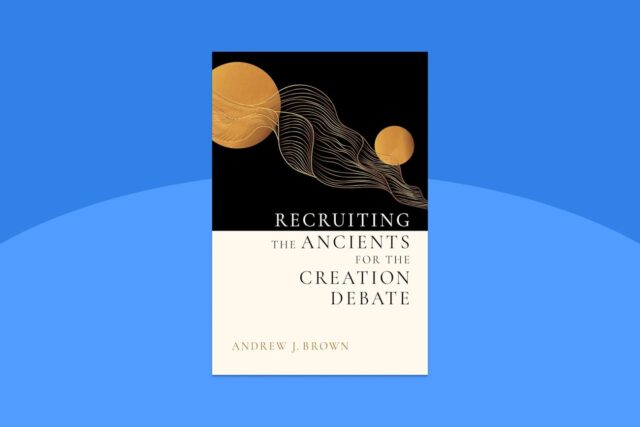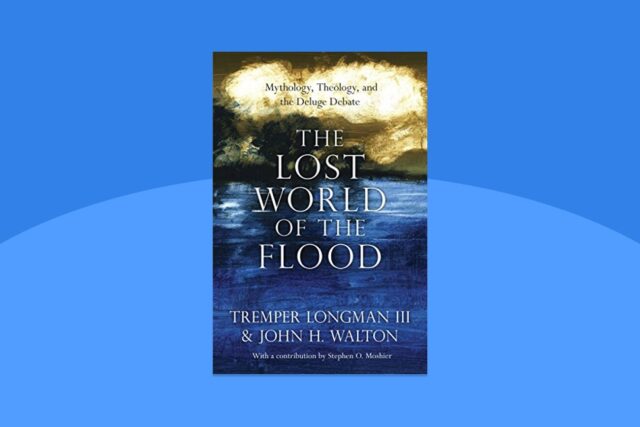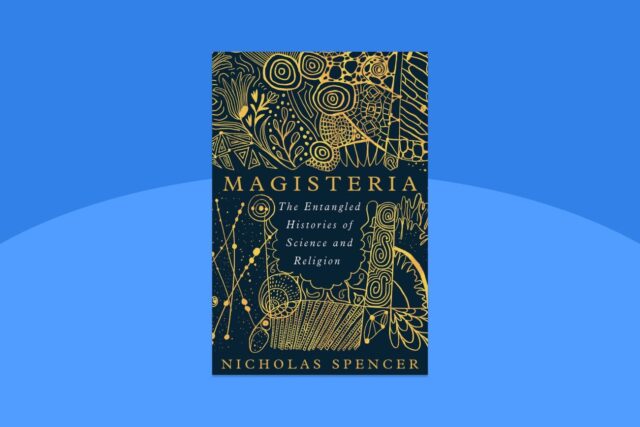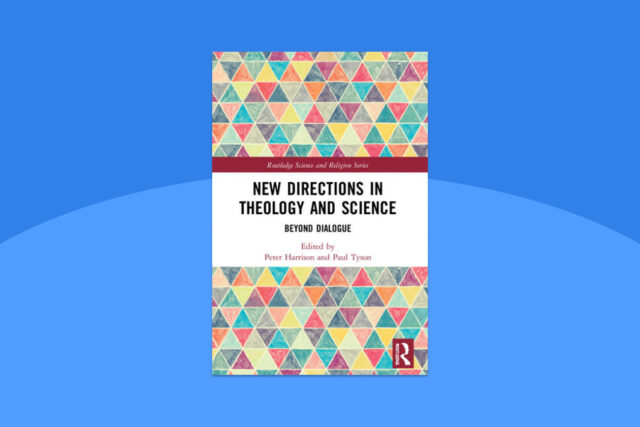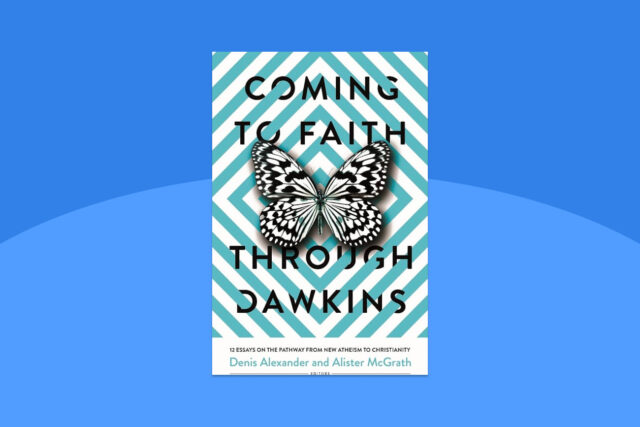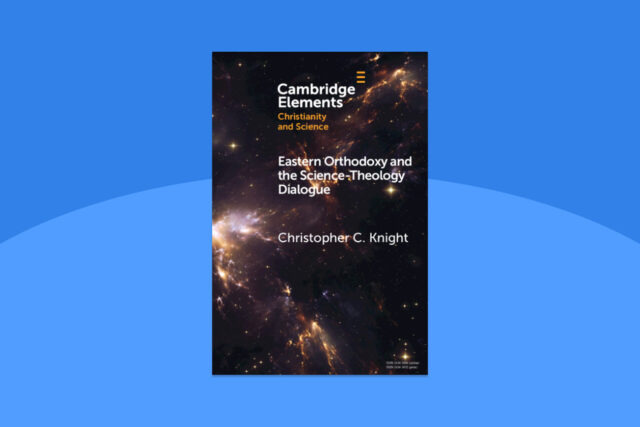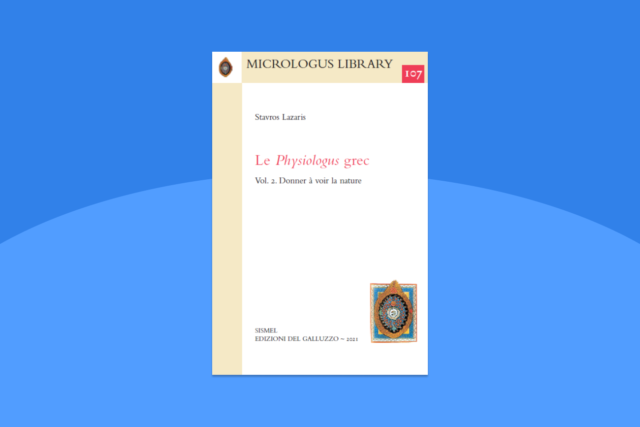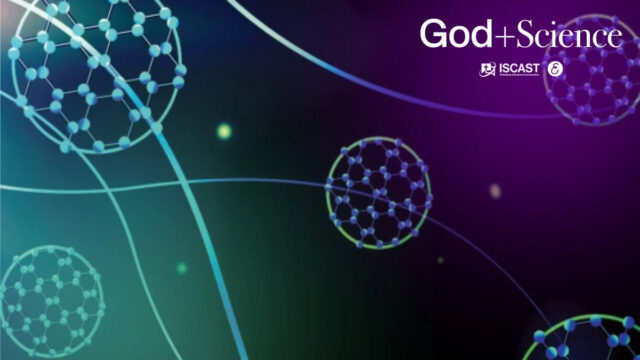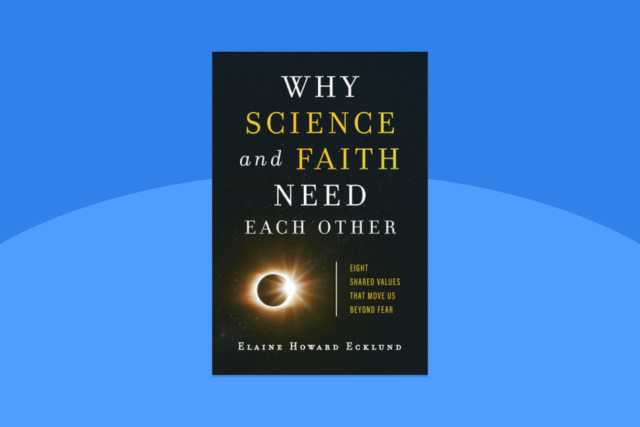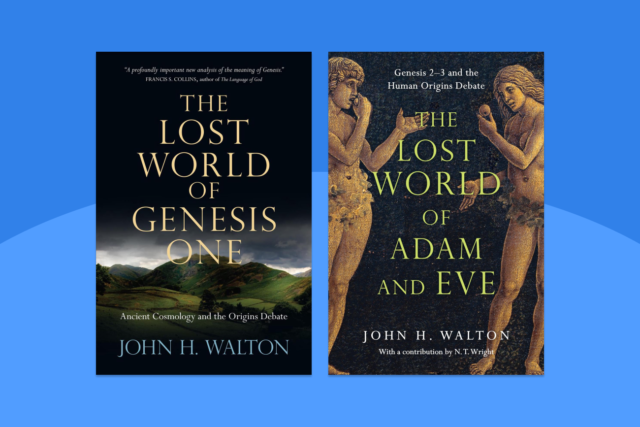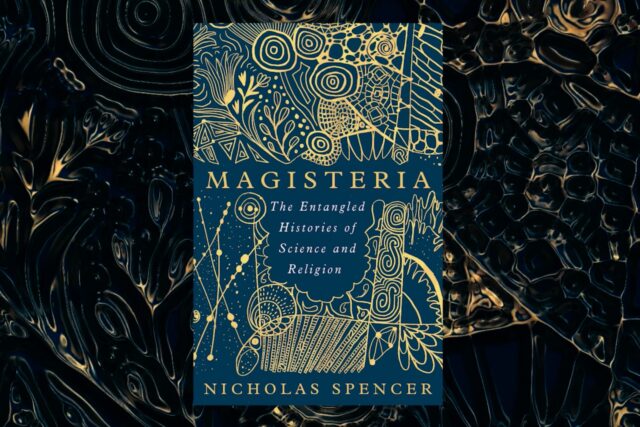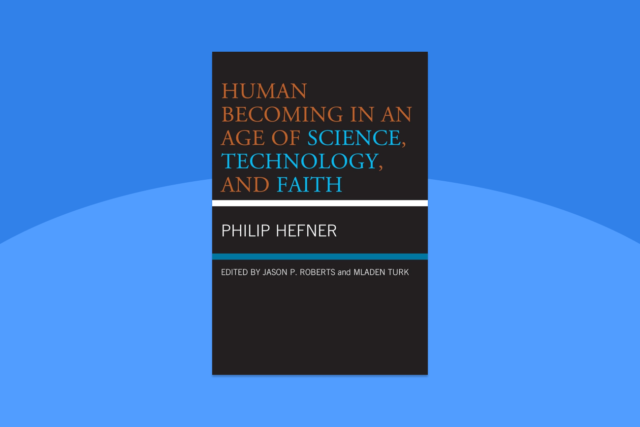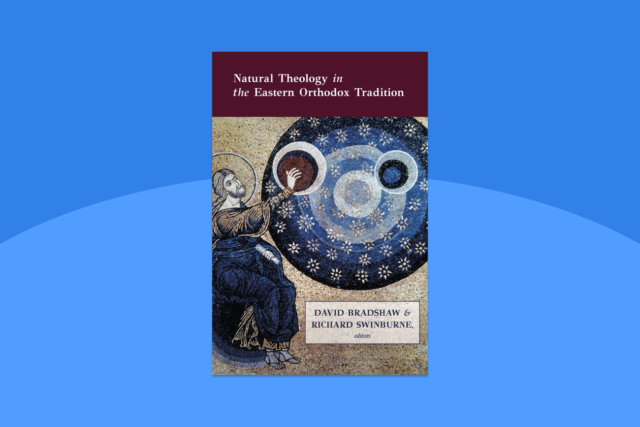
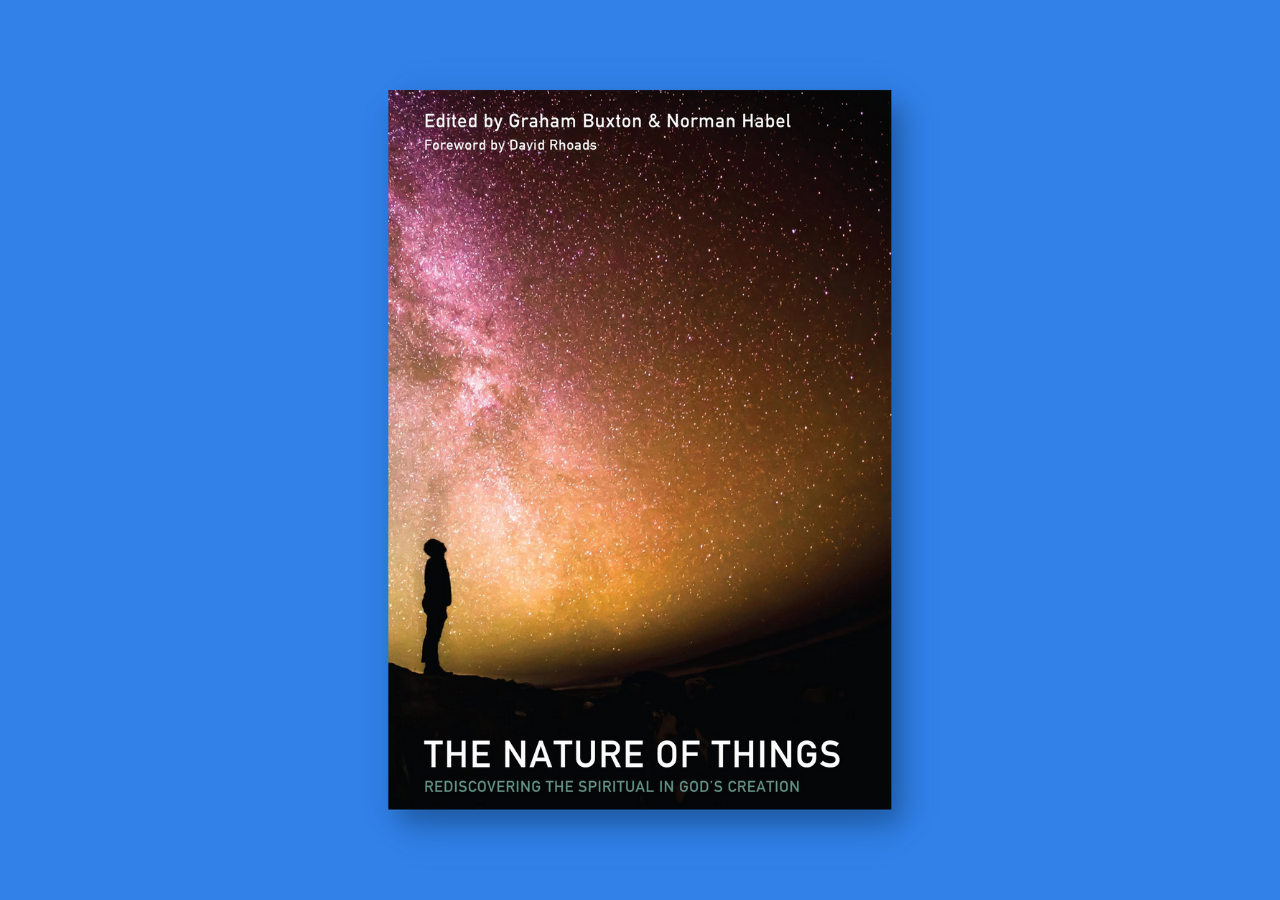
Book review by Jonathan Clarke, May 2022.
The Nature of Things: Rediscovering the Spiritual in God’s Creation
Graham Buxton and Norman Habel (eds)
Pickwick Publications: Eugene, Oregon, 2016
ISBN: 9781498235143, 268 pages, 1st edition, paperback
AUD$48
This collection, edited by Graham Buxton and Norman Habel, contains a series of essays emerging from a 2015 conference held at the Serafino winery south of Adelaide. The aim of the conference (and the essays) was to avoid consensus but to “survey the landscape with a view to intentional responsible action in caring for God’s creation” (p. xx). The “Serafino Declaration” that emerged is (to me) a strange conglomeration of well-meaning but rather foggy statements about the spirituality of country, the rape of nature, the “rights” of nature, and healing of the earth as a primary mission. Very little of this is useful to those whose vocation is to care for the land and “share with justice the resources of the earth.” However, for those who persist past the introduction and the declaration, there is some worthwhile content to ponder.
The bulk of the collection contains 16 essays by 18 authors. Of the authors, 15 are theologians and only three have a science background (one each from the cosmological, atmospheric, and geological sciences). Despite the conference commencing with the now de rigueur welcome to country and smoking ceremonies, none of the authors appear to come from an indigenous background (Australian or otherwise) or reveal any firsthand experience of indigenous culture with respect to actual living in the world. For a collection that frequently uses scientific terminology and repeatedly refers to indigenous spiritualities, the limited scientific input and lack of indigenous (specifically Christian indigenous) contributions, is something of a disadvantage.
The tone for much of the content appears in the second paragraph of the foreword by David Rhoads: “We are in deep trouble …” This statement embraces two of Mike Hulme’s framing myths for discussing climate change[1] (and many other issues regarding the world in which we live)—the myth of a lost Eden and the myth of an impending catastrophe. The foreword also sets the tone with respect given to indigenous spiritualities and their attitude to the world. Unfortunately, this respect is not tempered by a recognition that such spiritualities are often antithetical to the Christian faith, have proved singularly unable to rise to the challenge of dealing with contemporary issues, and that many indigenous people have willingly adopted Jesus (the 2006 census reported 73% of the Indigenous population of Australia identified as Christian) rather than following their traditions.
Nevertheless, there is much of value in the essays for the persistent reader. Denis Edwards’ discussion on Athanasius and the doctrine of creation is helpful in providing an insight in patristic thought on these issues. And I share a common delight with him of the South Australian landscape, especially the Flinders ranges and the Willunga region. Likewise I found Santmire’s discussion of Augustine insightful in his recognition of the aspects of power and presence in the natural forces (in his case Niagara Falls); this resonated with my own experience (including a Force 10 storm in the Southern Ocean or exploring White Island crater). I passed over Gardner’s linking of Elijah’s “still small voice” with a “hum” heard on a remote farm and to the “Om” of Pravana yoga with a “hmm” of my own!
The chapter by Buxton is disappointing for several reasons, one of which is its uncritical acceptance of the Lynn White thesis (that Christianity is responsible for the ecological crisis)[2] without any discussion of or even reference to the many rebuttals of that thesis.[3] Another is its limited engagement with more-or-less orthodox Christian understanding of creation (Jürgen Moltmann and St Francis excepted), instead preferring heterodox writers (Bruno), New Age philosophers (Capra), proponents of imaginative naturalism (Eiseley and Thoreau), and (of course), non-Christian Australian Indigenous spirituality.
Mike Pope’s essay nicely encapsulates why Christians need to understand a whole-of-system approach when thinking about the world (e.g., the six interacting spheres of the biosphere, geosphere, atmosphere, hydrosphere, and celestial sphere). Likewise, his is one of the few essays to talk about environmental management, albeit for only 15 lines and focussing entirely on wilderness rather than the inhabited spaces where people live and work. Pope is to be commended for referring to the work of some Christian indigenous writers, although I would like to have seen engagement with a wider range.
White’s essay robustly accepts the reality of cataclysmic processes operating through the Earth in time and space and that when these interact with the human sphere the consequences are often disastrous. Unlike many of the other contributors to this book, White understands the importance of human management to minimise such consequences and has a strong commitment to Christian hope in the new creation.
Mark Worthing also focusses on the question of suffering. He touches briefly on the scope of suffering in the physical world, the suffering of God, and the atonement as God’s response and solution. Perhaps more could have been done here on the eschatological dimension of the New Creation, perhaps following on from the work of David Wilkinson.[4]
I found the discussion of the Wisdom literature as a means of understanding the creation by Habel interesting and helpful. This part of Scripture has been under-utilised in my experience, with its observations of animal and plant behaviour, space and time, place, and context. A minor frustration was his repeated use of the term “scientist” for the Wisdom writers of ancient west Asia and the Mediterranean. Insightful they were, but they were not doing science as we understand it. I also suggest that saying that the Wisdom literature portrays the Spirit as some kind of life-force, as opposed to sustaining creation, may be taking things a bit far. The following chapter by Deane-Drummond follows on the Wisdom theme and provides some fascinating snapshots of interactions both within animal social communities and between them and human communities. However, in seeing evidence for play and a sense of justice among animals she relies perhaps on too few sources as well as passing over contrary evidence.[5] Nonetheless, with her I agree that we should not hesitate to see the mind and wisdom of God at work in the biological world.
Balabanski begins her piece with a blast from the past—the “Louie the Fly Mortein” advertisement familiar to older Australians.[6] She uses this to examine the relationship between purity and impurity in the Bible from an ecological perspective, in particular that of the microbial biome. With the COVID-19 pandemic, such reflections have taken on a new relevance. Somewhat similarly, Colgan’s essay explores the cosmic imagery of Jeremiah 31:35–37. In it she sees both the vast and incomprehensibly complex nature of the creation and at the same time its interconnectedness. Colgan may be going too far in suggesting this provides an emerging ecological perspective of creation, but she has nonetheless brought an oft-overlooked yet beautiful and powerful passage into our understanding of God’s world that will repay much future reflection.
Liederbach links worship with stewardship. This is important because it returns the focus to God, avoiding the excessive focus on the created order of some eco-theologies both inside and outside the evangelical community. True worship includes caring for God’s world. He finds a helpful example of this in Tolkien’s description of the exploration and development of the Glittering Caves.[7] Along the way Liederbach eviscerates (his word) the Lynn White thesis, that the root of environmental problems lies with Christianity.
I found several essays in this book less helpful. Fox’s piece on the relevance of the spiritual exercises of Ignatius of Loyola was opaque to my thinking, while Rayson and Lovet’s contribution perhaps draws too much on limited links between the thought of Bonhoeffer and Gandhi and, at least in this chapter, skims over the immense differences between Christianity and Hinduism. Likewise, the final piece by Elvey was valid more as a personal reflection than providing a wider understanding. But in all these the fault may lie with the reviewer.
In conclusion, I found this collection mixed. Some contributions are very good, others somewhat good, others either not helpful or even opaque. This is perhaps inevitable given the eclectic nature of the writers. The book misses out in some places by an uncritical endorsement of indigenous perspectives of the world, ignoring the fact that these have also led to massive environmental impacts over time[8] and are in many cases simply not relevant to living in the 21st century. It also ignores how indigenous perspectives have been transformed by the gospel; it seems egregious to me when Christian theologians, harking back to pre-Christian ideas, ignore this transformation. Especially lacking for the most part is the absence of the practitioner’s perspective. Conferences such as the one which gave rise to this collection can only occur through a vast infrastructure of technologies such as communications, transport, power, water, agriculture, and the rest. To speak of justice for the environment and the poor, without considering how this is to be achieved, is to tell only half the story.
[1] Hulme, M. 2013. Why We Disagree about Climate Change. Cambridge University Press.
[2] White, L. 1967. “The Historical Roots of Our Ecological Crisis.” Science 155: 1203-1207.
[3] Francis Schaeffer’s book Pollution and the Death of Man was published within three years of White’s essay.
[4] Wilkinson, D. 2010. Christian Eschatology and the Physical Universe. T. & T. Clark International.
[5] Conway Morris, S. 2022 From Extraterrestrials to Animal Minds: Six Myths of Evolution. Templeton Press. This book is a very recent sceptical look at these claims.
[6] According to Balabanski this was an early work of Bryce Courtney.
[7] Tolkien, J. R. R. 1954. The Lord of the Rings, Harper Collins. Book III, Chapter VIII, The Road to Isengard.
[8] Christopher, S., Søren, S., Brody, S., and Jens-Christian, S. 2014. “Global late Quaternary megafauna extinctions linked to humans, not climate change.” Proceedings of the Royal Society B.2812013325420133254. Sakaguchi, S, Bowman D. M. J. S., Prior, l. D., Crisp, M. D., Linde, C. C., Tsumura, Y. and Isagi, Y. 2013. “Climate, not Aboriginal landscape burning, controlled the historical demography and distribution of fire-sensitive conifer populations across Australia.” Proceedings of the Royal Society B.2802013218220132182
